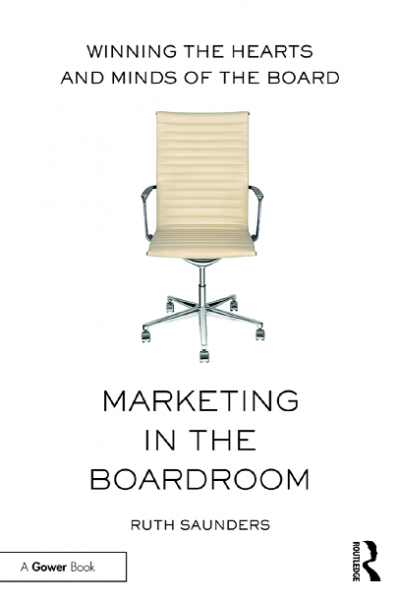
Why choose ‘what’ to support
At the end of the 20th century, Boards believed that the more brands they had, the more their company would grow, with brand proliferation rife.
Between 1997 and 2001, the number of brands in the pharmaceutical industry increased by 79%, in white goods and travel and leisure by 60%, in the automotive industry by 46% and in food, household goods and beverages by at least 15%.
Today, it’s a different story. Over the past 15 years, many Boards have realised that this strategy was wrong and that the majority of company profit is generated by a small number of brands and products – reflecting the ‘Pareto Principle’ or ‘80–20 rule’, where ‘roughly 80% of the effects come from 20% of the causes’.
In response, many CEOs and Boards have done an about-turn. They are increasingly recognizing that they earn the majority share of their profits from just a small
number of brands, while they lose money or barely break even on many of their other brands. In turn, they are reducing company complexity by focusing their scarce resources on those brands and products that will deliver the greatest return for the company today, as well as those that are likely to deliver the highest returns in the future.
Some real life examples
Take Diageo, the world’s largest spirits company. In 1999, 8 (or 23%) of Diageo’s 35 brands accounted for half of its sales and 70 percent of its profits.
Of Nestlé’s 8,000 brands, the majority of its 1996 profits came from a mere 200 (or 2.5%) of them.
Between 1992 and 2002, Procter & Gamble’s 10 biggest brands – a mere 4% of the company’s total portfolio of over 250 brands – accounted for half of the company’s sales, more than half of its profits, and 66% of its sales growth.
Similarly, in 1999, more than 90% of Unilever’s profits came from 400 (or 25%) of its 1,600 brands, with most of the other 1,200 brands either making losses or, at best, marginal profits.
In 2000, Reckitt Benckiser sold off more than a third of its non-core brands to focus on its core brands within household cleaning and health and personal care. Yet, the following year’s sales increased by 6% and operating profits by 14%.
Optimising your brand and product portfolio
To optimise their brand and product portfolio, marketers should be able to demonstrate to the Board which brands and products are generating the most sales and profits – and in turn which to invest in for growth and maintenance, and which to merge, milk, divest or kill.
To achieve this, marketers should be able to answer:
- Which products are most important, both now and in the future?
- Which brands can best support these products in the most important geographies and attract the most valuable customer segments?
By rationalising their brand and product portfolios, Boards can then concentrate their finite resources on growing fewer, bigger, more successful brands with a company structure that is easier and less costly to manage day to day.
Optimising your brand and product architecture
As a company moves to fewer, bigger brands, optimising each brand’s architecture becomes increasingly important.
A cohesive brand architecture helps consumers make sense of the brand portfolio, thereby making it as easy as possible for them to find the right product. Additionally, it helps to extend a brand across as many adjacent product categories as possible, increasing the effectiveness of every pound spent on advertising.
In summary
To quote Mark Gottfredson at Bain & Company: “A truly focused company – one that has cut complexity to the minimum – does not invest to win in every element of its business. It invests primarily in its core, the business in which it can outperform everybody else.”
To be successful, companies should choose which brands and products to support – and importantly which not to support – with the aim of focusing their scarce resources on those that will deliver the greatest return for the company today, as well as those that are likely to grow and therefore be important for the future.
The author
Ruth Saunders uses her 30 years of experience as a strategy consultant at McKinsey, marketer at P&G, advertising planner at Saatchi & Saatchi and market researcher at Mars Inc, to help clients be ‘On Point’.
She is a marketing and branding consultant, trainer, speaker and coach.
She is also the author of “Marketing in the Boardroom: Winning the Hearts and Minds of the Board” published by Routledge.
See Ruth’s discussions on Twitter.

Read more from Ruth
Own your own copy of Marketing in the Boardroom, which helps marketers to be more commercially credible and thereby more successful in the boardroom
Read more from Ruth
Own your own copy of Marketing in the Boardroom, which helps marketers to be more commercially credible and thereby more successful in the boardroom
